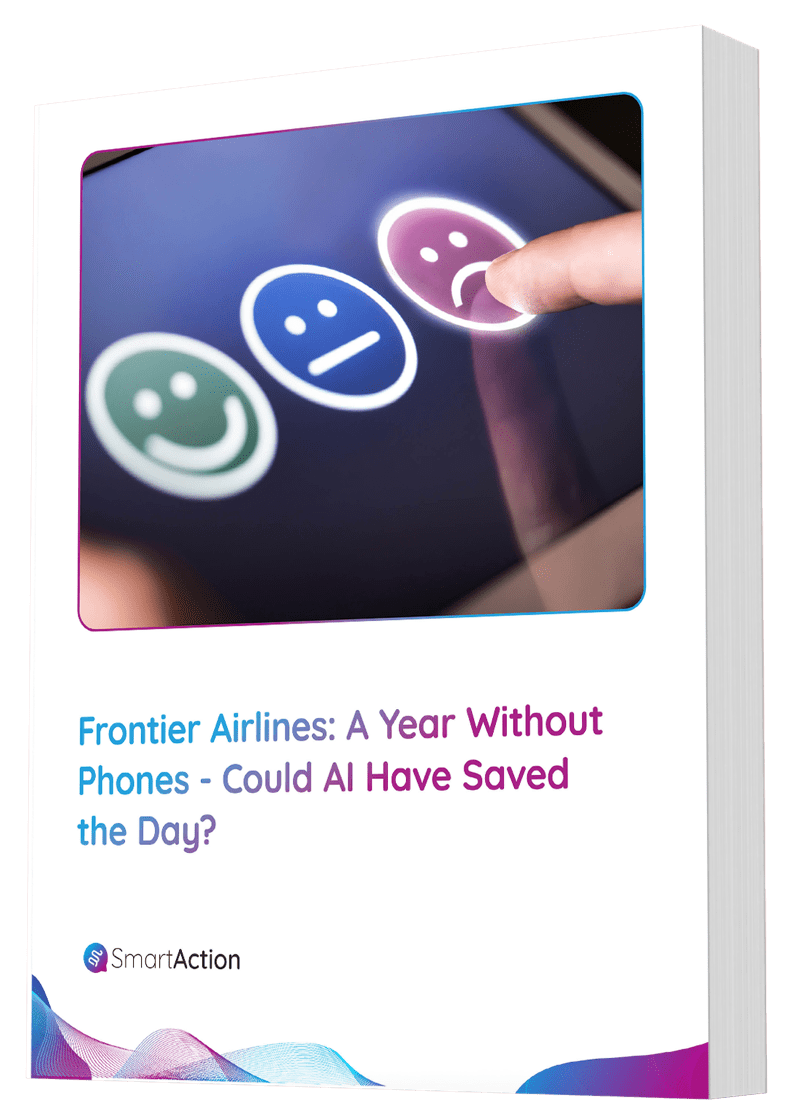Predicting Conversations to Boost Customer Satisfaction
Imagine that your call center has knowledge that a hypothetical customer, Bob, will call in one hour. How confident would you be in trying to accurately predict why Bob is calling? You have access to all of Bob’s demographic, historical, and transactional history with your company. Most times when we pose this question to clients and prospects, they feel confident than if given an hour or two, they could make this prediction.
Here’s the problem: call centers don’t know that Bob is going to call in an hour. You may expect him to call at some point, but not until the call comes in and the caller ID is identified do you know that it is Bob. At this point, it is too late to perform the hour-long analysis of his account in order to determine why he has called. He is required to navigate the IVR – likely a frustrating menu-based system – and ultimately inform a human agent the reason for his call. This creates friction between Bob and your company; he wants you to know why he’s calling – he expects it.
With data, you can meet Bob’s expectation. Human analysis of that data can be effective but time-consuming. This is where artificial intelligence (AI) can really extend the capabilities of your call center. AI, when implemented in the right way, can analyze customer data in the same ways as a human, but in a nanosecond rather than over the course of an hour (or two). Using this split-second analysis, an AI-powered technology can help to predict the reason for Bob’s call and answer it according to that prediction.
“Are you calling about the letter we sent you last week?”
From Bob’s history with the company, the system can determine that he is likely calling about a late payment. You may assume that the reason Bob will call is to pay his most recent balance. When you have data (i.e. Bob’s account history) and complementing AI (i.e. the technology to quickly analyze it), you can easily and effectively assist him. Callers like Bob desire a simple and effortless call and these predictive capabilities help facilitate this process.
This may seem like it requires very complex, difficult to understand technology. But realistically, the biggest challenge in actually implementing a predictive, effortless experience is not the technology, especially if it is structured as a managed service that is implemented, maintained, and tuned by experts. Our IVA® solutions fall into this category. The biggest challenge is actually the availability of data. This requires some IT effort – not a lot – and willingness to examine your processes from the ground up. Often, these “reimagine” sessions lead to more efficient and effortless experiences for your customers by giving them the personalized conversation they want.
So the next time a Bob-like caller reaches your call center and begins to explain his situation and reason for calling, consider how simple it would have been to handle his request if you knew what it was even before he did.






